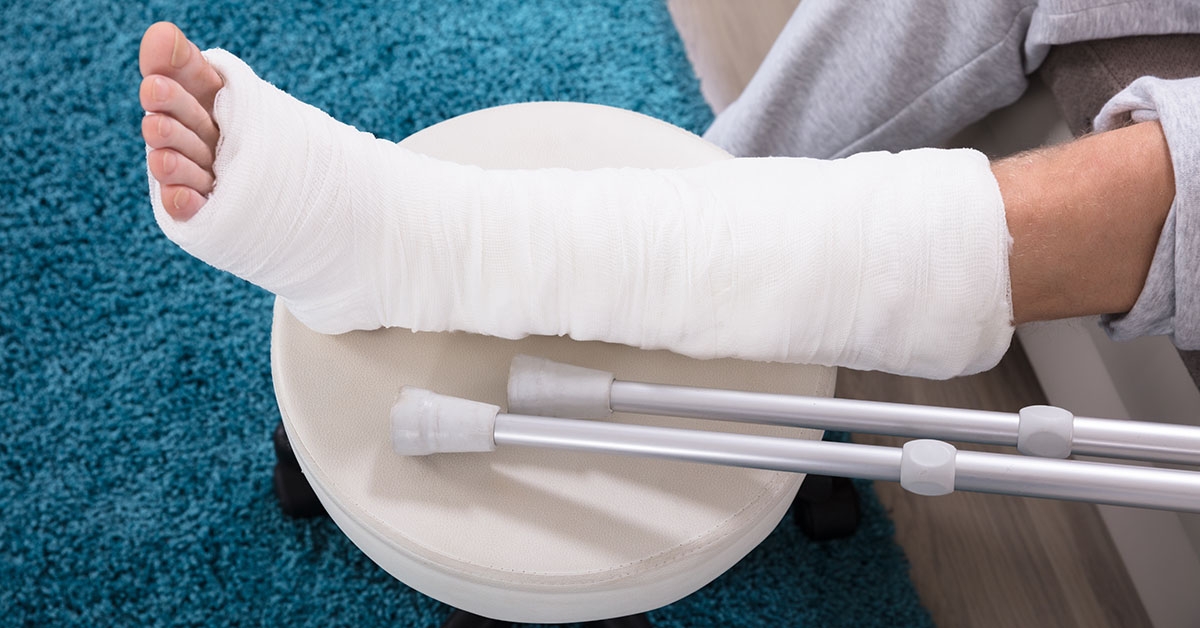
Bone fractures are more common than you might think. Whether from a sports injury, a fall, or a car accident, bones can break in various ways. Did you know that there are different types of fractures, each with unique characteristics? Some fractures are simple cracks, while others can shatter bones into multiple pieces. Understanding these differences can help in recognizing the severity of an injury and the necessary treatment. In this post, we'll explore 15 intriguing facts about bone fractures that will give you a better grasp of what happens when bones break. Ready to learn more about how your body handles these injuries? Let's get started!
What is a Bone Fracture?
A bone fracture is a medical condition where a bone is cracked or broken. This can happen due to various reasons, including accidents, falls, or direct blows. Understanding bone fractures can help in recognizing symptoms and seeking timely treatment.
-
Bones can break in various ways. Fractures can be simple, where the bone breaks cleanly, or compound, where the bone pierces the skin. There are also comminuted fractures, where the bone shatters into multiple pieces.
-
Children's bones heal faster. Kids have a higher rate of bone regeneration compared to adults. Their bones are still growing, which helps in quicker recovery.
-
Osteoporosis increases fracture risk. This condition weakens bones, making them more susceptible to breaks. It's common in older adults, especially women post-menopause.
Common Causes of Bone Fractures
Bone fractures can result from various incidents. Knowing the common causes can help in prevention and early diagnosis.
-
Falls are a leading cause. Slipping or tripping can lead to fractures, especially in the elderly. Hip and wrist fractures are particularly common from falls.
-
Sports injuries frequently cause fractures. High-impact sports like football, basketball, and skiing often result in broken bones due to collisions and falls.
-
Car accidents can cause severe fractures. The force from a collision can break bones, particularly in the legs, arms, and ribs.
Symptoms of a Bone Fracture
Recognizing the symptoms of a fracture is crucial for seeking prompt medical attention. Here are some common signs.
-
Severe pain at the injury site. Pain is usually immediate and intense, worsening with movement or pressure on the affected area.
-
Swelling and bruising. The area around the fracture often swells and may show bruising due to internal bleeding.
-
Deformity or abnormal appearance. A visible deformity or an unusual angle in the limb can indicate a fracture.
Treatment and Healing Process
Treatment for bone fractures varies depending on the type and severity. Here are some common methods and healing facts.
-
Casting immobilizes the bone. A cast keeps the broken bone in place, allowing it to heal correctly. It's commonly used for simple fractures.
-
Surgery may be required. Severe fractures might need surgical intervention, where metal rods, screws, or plates are used to hold the bone together.
-
Healing time varies. The time it takes for a bone to heal depends on the fracture's location and severity. On average, it can take 6-8 weeks for a bone to mend.
Interesting Facts About Bone Fractures
Here are some intriguing facts about bone fractures that you might not know.
-
Bones are stronger than steel. When comparing weight for weight, bones are stronger than steel. However, they can still break under extreme stress.
-
Stress fractures are tiny cracks. These occur from repetitive force or overuse, common in athletes who run long distances.
-
Bones can heal themselves. Unlike many other tissues, bones have the unique ability to regenerate and repair themselves over time.
Final Thoughts on Bone Fractures
Understanding bone fractures helps us better appreciate the resilience of the human body. Knowing the different types of fractures, like greenstick, comminuted, and compound fractures, can aid in recognizing the severity of an injury. Quick and proper treatment is crucial for healing. Calcium and vitamin D play vital roles in maintaining bone health, reducing the risk of fractures. Weight-bearing exercises also strengthen bones, making them less prone to breaking. Remember, fractures can happen to anyone, regardless of age or activity level. Always seek medical attention if you suspect a fracture. With the right care and preventive measures, bones can heal and become strong again. Stay informed, stay safe, and keep those bones healthy!
Was this page helpful?
Our commitment to delivering trustworthy and engaging content is at the heart of what we do. Each fact on our site is contributed by real users like you, bringing a wealth of diverse insights and information. To ensure the highest standards of accuracy and reliability, our dedicated editors meticulously review each submission. This process guarantees that the facts we share are not only fascinating but also credible. Trust in our commitment to quality and authenticity as you explore and learn with us.


